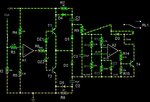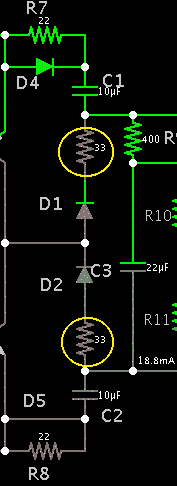sr_raval
Advanced Member level 4
Well ofcourse threshold voltage would be 24VDC, any how this circuit is operating on 24VDC voltage, so i need to mitigate those unsafe failure? is there any way by mitigate those unsafe failure by changing the values of C1,C2,R7 and R8 or placing those components parallely like instead of just C1 place 2 Caps same as for R7 and R8.
Give your advice on this.
Give your advice on this.




